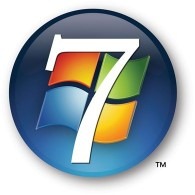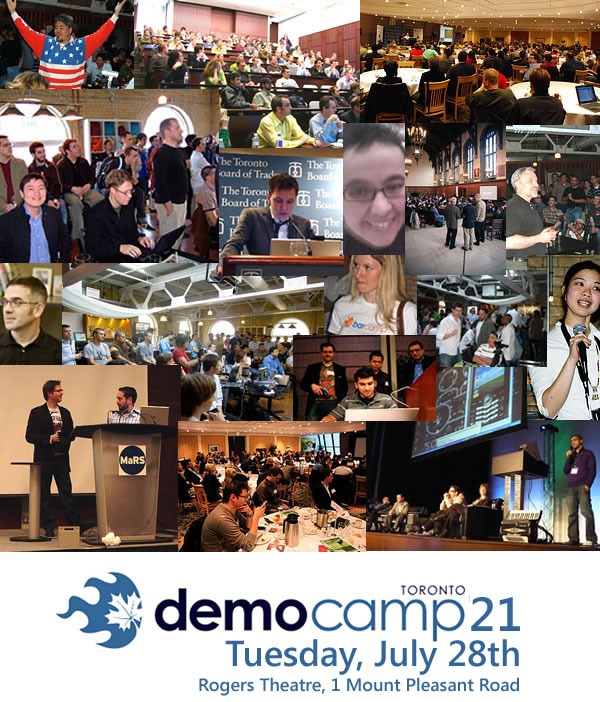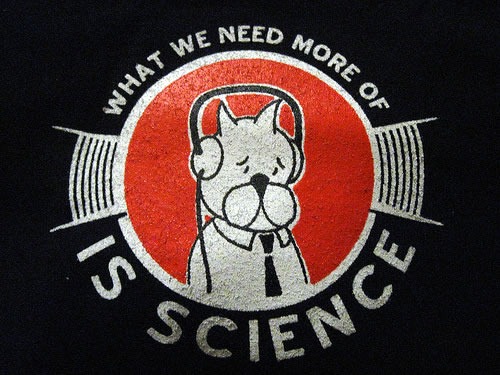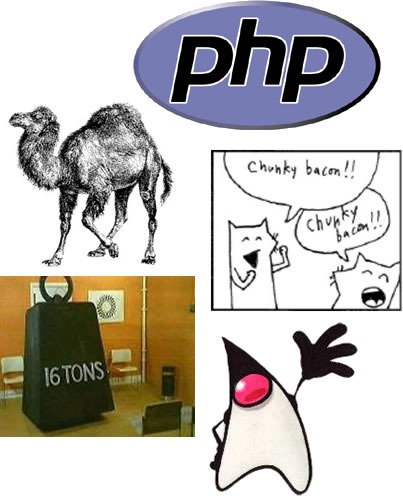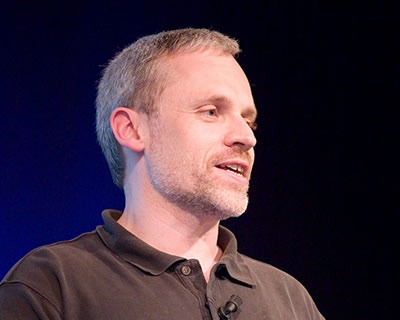Windows 7 Released to Manufacturing
It’s been announced on the Windows Blog: Windows 7 has been released to manufacturing!
Brandon LeBlanc explained that “RTM” happens only after it’s been signed off. One of the release candidate builds becomes a contender for release to manufacturing after it goes through significant testing and passes all the validation tests for RTM including having all languages for that build completed. Build 7600 crossed all those hurdles and got signed off today.
The beta and release candidate period for “Seven” was quite unusual. Rather than hand it out to a closed group of beta testers, it was made available for download and I was given piles and piles of DVD-ROMs to hand out like candy. And strangely enough, people were asking for it. At the EnergizeIT installfests this spring, we played to packed rooms of people who took time out of their Saturday mornings and schlepped to Mississauga to install the beta. Even people with Macs, who ran it under Boot Camp or Parallels. It’s unusual for an operating system in beta – especially one from The Empire – to be in such demand.
I’ve been using the beta since January and the release candidate for the past few weeks as my primary operating systems with nary a hitch, glitch or blue screen. I’m looking forward to getting the final version of Windows 7, which will be the first of many new goodies coming from The Empire over the coming months,
If you’re a developer with an MSDN subscription or an IT pro with a TechNet subscription, you’ll be able to download the English Windows 7 RTM on August 6th, with other language versions on October 1st. Windows 7 will go on sale to the general public on October 22nd.
Windows Server 2008 R2
 Windows Server 2008 R2 was also released to manufacturing today. As they state in the Windows Server Division Weblog, the simultaneous release is no coincidence but a design goal. “R2”, as I prefer to call it, boasts a lot of features such as Hyper-V, Live Migration, File Classification Infrastructure, an improved Active Directory, Pervasive PowerShell, IIS 7.5, server scalability, DirectAccess, BranchCache and improved Remote Desktop.
Windows Server 2008 R2 was also released to manufacturing today. As they state in the Windows Server Division Weblog, the simultaneous release is no coincidence but a design goal. “R2”, as I prefer to call it, boasts a lot of features such as Hyper-V, Live Migration, File Classification Infrastructure, an improved Active Directory, Pervasive PowerShell, IIS 7.5, server scalability, DirectAccess, BranchCache and improved Remote Desktop.

